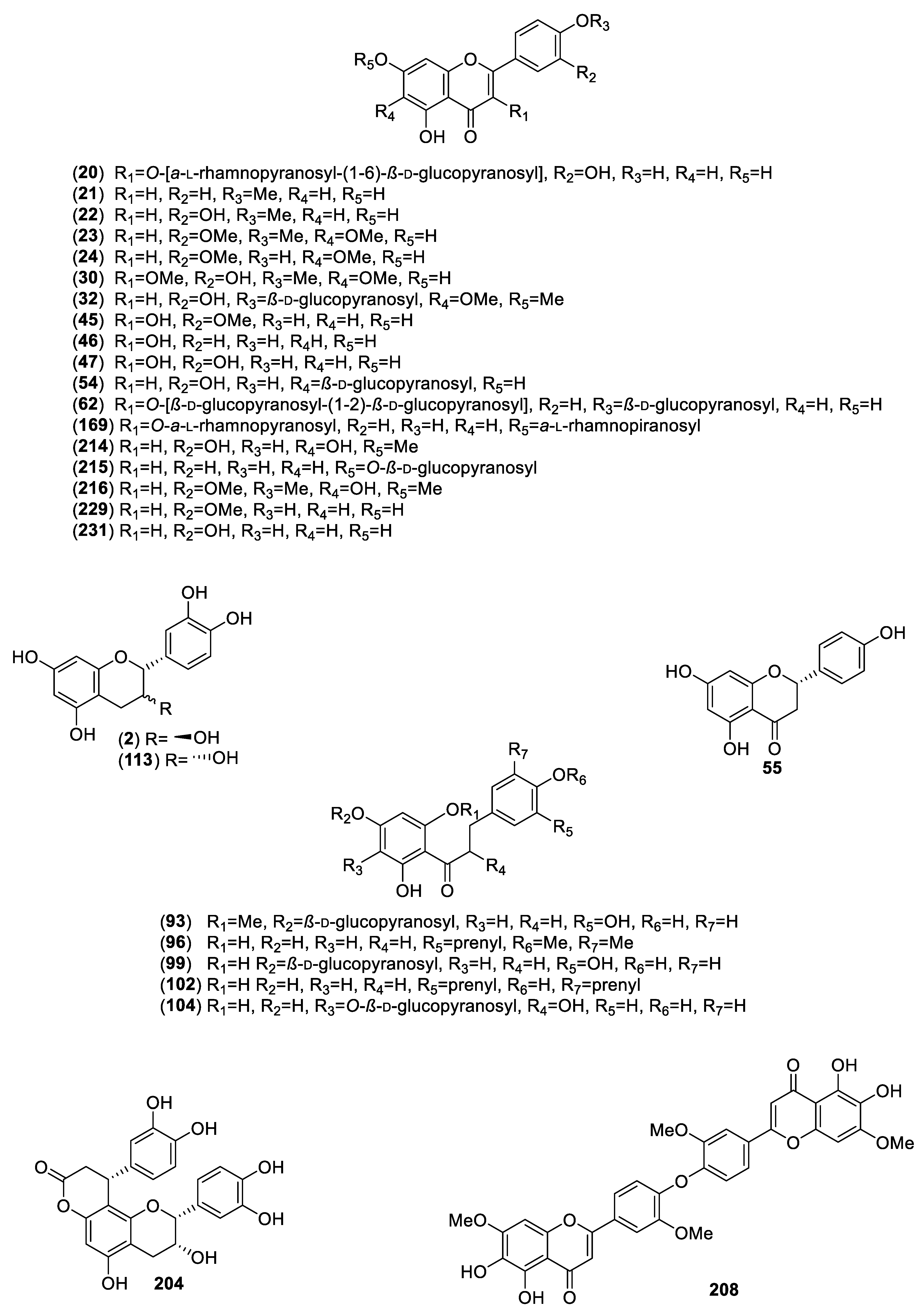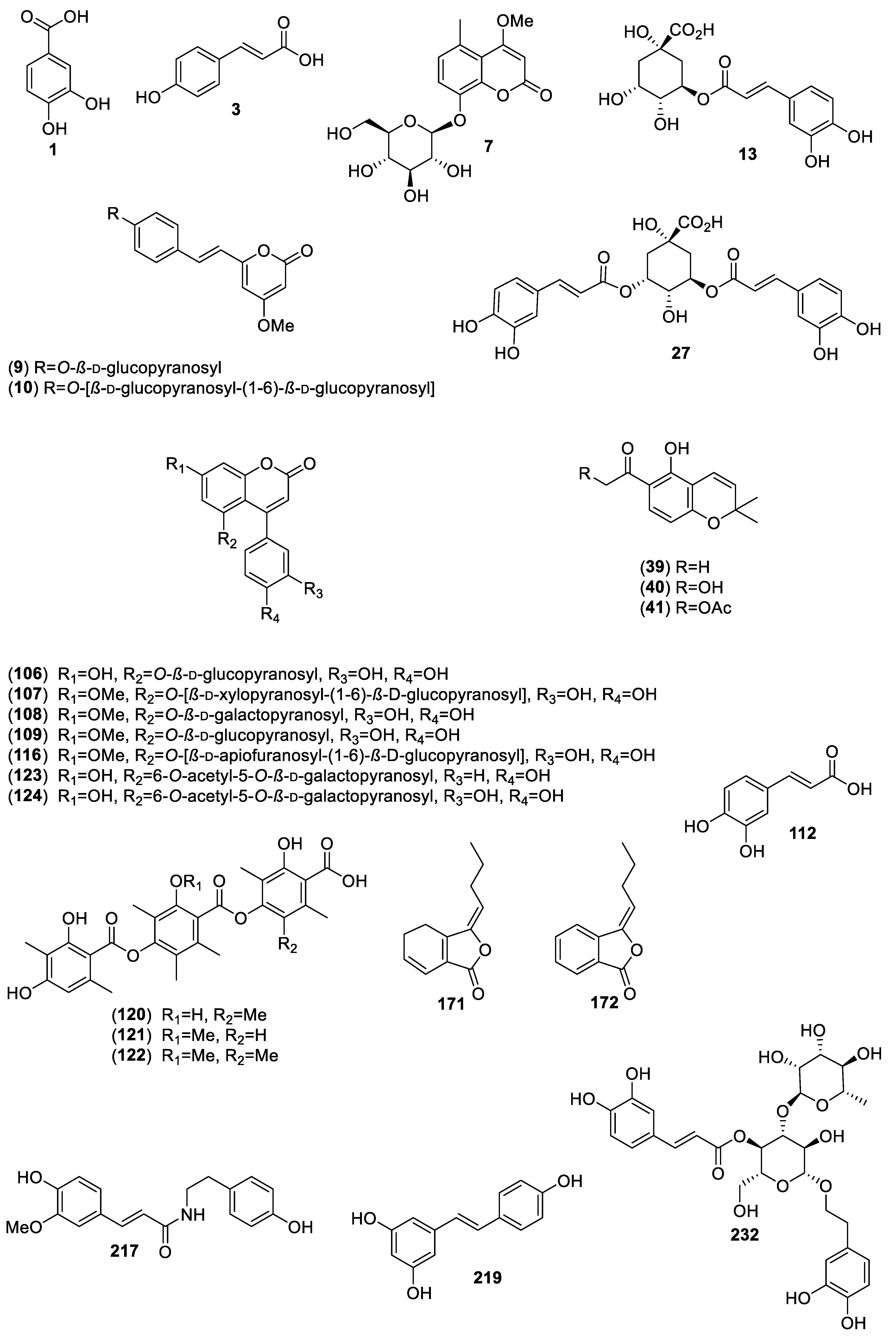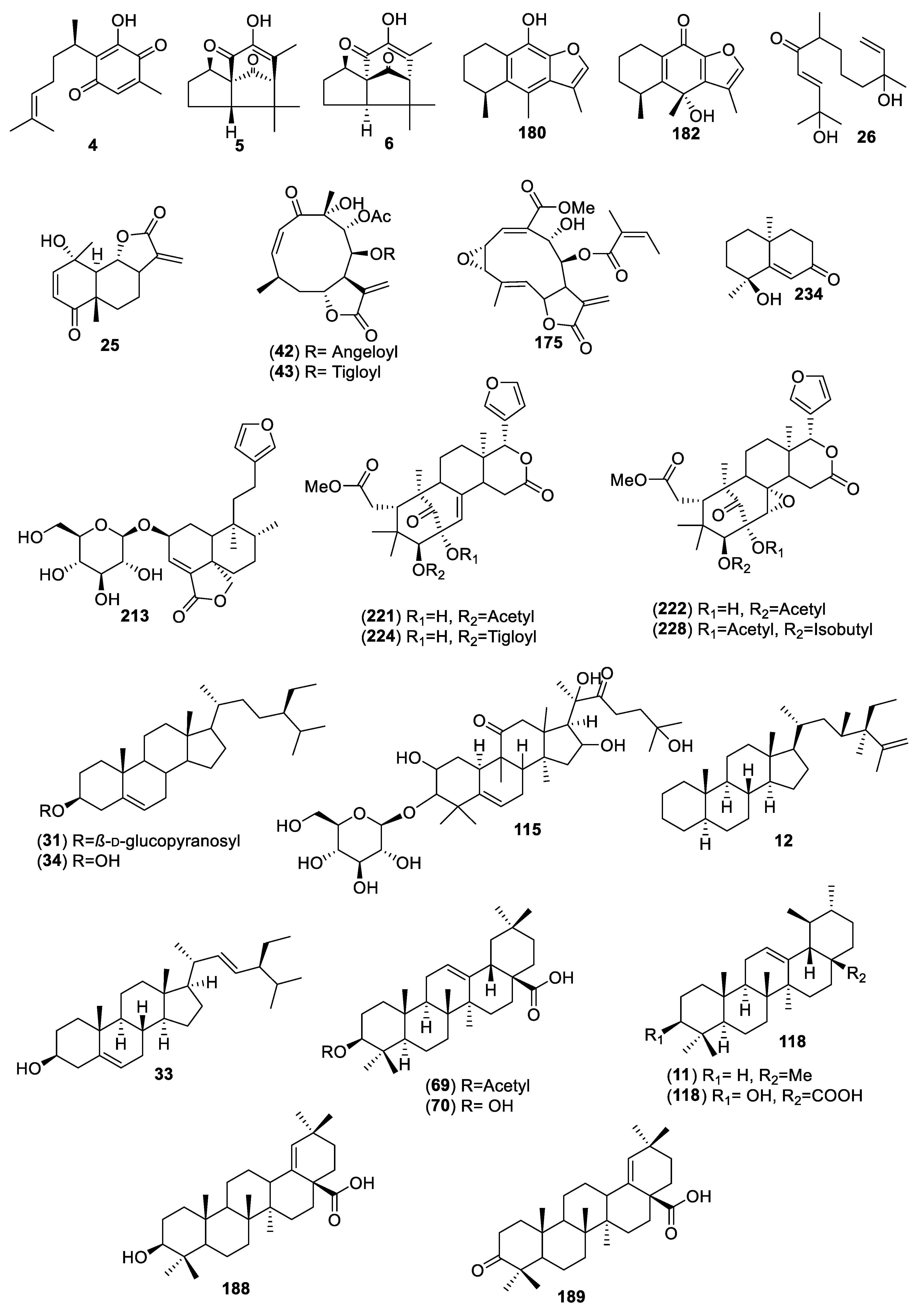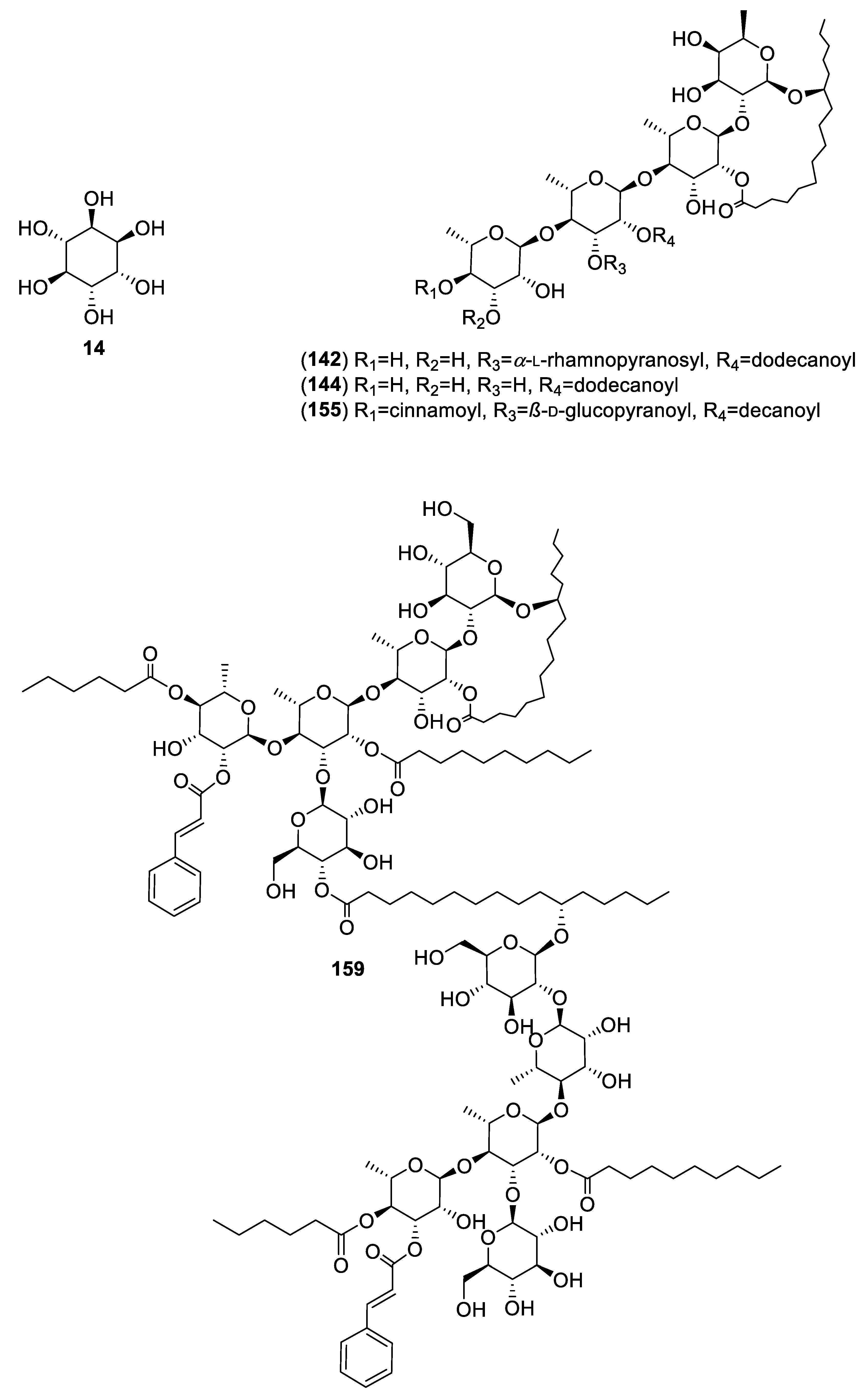
| Version | Summary | Created by | Modification | Content Size | Created at | Operation |
|---|---|---|---|---|---|---|
| 1 | Adolfo Andrade-Cetto | + 1427 word(s) | 1427 | 2020-09-24 10:35:54 | | | |
| 2 | Adolfo Andrade-Cetto | Meta information modification | 1427 | 2020-10-06 18:14:10 | | | | |
| 3 | Vicky Zhou | + 42 word(s) | 1469 | 2020-10-09 12:00:05 | | | | |
| 4 | Vicky Zhou | -122 word(s) | 1347 | 2020-10-27 07:13:14 | | | | |
| 5 | Adolfo Andrade-Cetto | -1 word(s) | 1346 | 2020-10-27 19:58:23 | | |
Video Upload Options
Like in many developing countries, in Mexico, the use of medicinal plants is a common practice. Based on our own field experience, there are at least 800 plants used for treating diabetes nowadays. Thus, their investigation is essential. The molecules isolated from Mexican hypoglycemic plants, including their source and target tested, are worth studying. In the last few years, some researchers have focused on the study of Mexican hypoglycemic plants. Herewith we provide a review of the 86 active compounds belonging to different classes of natural products, that have been isolated from Mexican Hypoglycemic plants.
1. Introduction
Like in many developing countries, in Mexico, the use of medicinal plants is a common practice. Based on our own field experience, there are at least 800 plants used for treating diabetes nowadays. Thus, their investigation is essential. In this context, this work aims to provide a comprehensive and critical review of the molecules isolated from Mexican hypoglycemic plants, including their source and target tested. In the last few years, some researchers have focused on the study of Mexican hypoglycemic plants. Most works describe the hypoglycemic effect or the mechanism of action of the whole extract, as well as the phytochemical profile of the tested extract. Herein, we analyzed 85 studies encompassing 40 hypoglycemic plants and 86 active compounds belonging to different classes of natural products: 28 flavonoids, 25 aromatic compounds, other than flavonoids, four steroids, 23 terpenoids, 4 oligosaccharides, and 1 polyalcohol. These compounds have shown to inhibit α-glucosidases, increase insulin secretion levels, increase insulin sensitivity, and block hepatic glucose output. Almost half of these molecules are not common metabolites, with a narrow taxonomic distribution, which makes them more interesting as lead molecules. Altogether, this analysis provides a necessary inventory useful for future testing of these active molecules against different hypoglycemic targets, to get a better insight into the already described mechanisms, and overall, to contribute to the knowledge of Mexican medicinal plants.
2. Treatment of Diabetes Using Medicinal Plants
The International Diabetes Federation estimated 463.0 million people living with T2D worldwide, Mexico ranks in sixth place, with 12.8 million diabetics [1]. Due to the idiosyncrasy of the Mexican population, normally, type 2 diabetic patients mainly in the rural areas of the country use a combination of medicinal plants and prescribed medicines [2]. In Mexico, at least 300 plants have been reported as hypoglycemics [3] but based on our own field experience [4][5], we estimate that at least 800 plants are used nowadays for treating diabetes.
Medicinal plants have been a resource for healing in local communities around the world. Still, 85% of the world’s population depends on plants for primary healthcare [6]. In addition, they are an important resource for drug discovery, with 80% of all synthetic drugs deriving from them [7]. It is important to remark that medicinal plants can lead us to the discovery of new molecules useful for the development of new drugs for treating T2D and its complications.
Until the beginning of the 1990s, sulfonylureas and metformin were the essential oral hypoglycemic agents available. Since then, new therapeutic agents have appeared in the pharmaceutical market. For example, acarbose, an alfa glucosidase inhibitor (AGI), was launched in Germany in 1990; the thiazolidinediones (TZD) insulin sensitizers, in 1996; exenatide, a glucagon-like peptide 1 (GLP1) receptor agonist, in 2005; sitagliptin, a dipeptidyl peptidase 4 (DPP-4) inhibitor, in 2006; and canagliflozin, a sodium–glucose cotransporter 2 (SGLT-2) inhibitor, in 2013 [8]. All these compounds have targets never described before. Acarbose and exenatide are natural products; other AGIs derive from natural products while metformin and canagliflozin are inspired by natural products. New targets to control hyperglycemia continuously appear, as we understand better the pathophysiology of T2D.
In recent years, the investigation of medicinal plants used to treat diabetes in Mexico has improved. However, we still need to achieve the final goal, contributing with a hypoglycemic agent or phytomedicines of significant clinical efficacy; we are just in the initial steps documenting hypoglycemic plants, and progressing in preclinical testing. The works have been narrowed in scope, both from the pharmacological and chemical point of view. The number and diversity of small molecules to address all the different binding sites in the complex biology of diabetes are still awaiting to be isolated from the plants, and other plants yet to be discovered. The essential oils of these plants, plenty of small molecules suitable for the development of hypoglycemic agents remain unexplored. The constituents of the essential oils offer good prospects for drug discovery. These constituents meet most conditions required for good drug candidates and offer attractive opportunities for lead optimization or even fragment-based drug discovery. New technologies such as metabolomics can accelerate dereplication and identification of compounds with novel skeletons; routine incorporation of protein–metabolite interaction and cell-based assays, which require small amounts of samples are essential.
Here described compounds require testing as glucose reabsorption inhibitors, incretin analogs, DDP4 blockers, bile acid sequestrants, or dopamine agonists. The effect of these molecules over gut microbiota also needs attention since these bacteria play an important role in the control of T2D. We consider essential to test these molecules as glucose reabsorption inhibitors in the kidney because many plants traditionally used for treating T2D are also employed to treat “Mal de Orin”, an entity that people detect when you have urination problems; this type of plants augment the urine flux. The inhibition of hepatic glucose output is also an important target to assess. From there compounds with similar actions like metformin could upsurge.
A single molecule can have more than one mechanism of action. This might be targeting different proteins within the same (network pharmacology) or different (polypharmacology) signaling pathways In the context, of a botanical mixture, a pool of molecules, perhaps in low concentrations, acting by biochemical synergism can lead to the desired effect, hypoglycemic action, without the presence of a major highly bioactive compound. This has been the classic paradigm of phytotherapy. The advantages of dealing with polyvalent drugs are a decrease of drug-drug interactions, less cost for the patient to bear, increased adherence due to lower side effects, the possibility of treating concomitant diseases, just to mention a few. In this review, we found some examples of compounds possessing more than one mechanism. Thus, protocatechuic acid is an insulin sensitizer and secretagogue. Quercetin is an insulin sensitizer and secretagogue, as well as the inhibitor of α-glucosidases. Epicatechin inhibits α-glucosidase and behaves as an insulin sensitizer. Kaempferol inhibits hepatic gluconeogenesis, is an insulin sensitizer and inhibits α-glucosidases. Caffeic acid induces insulin secretion, decreases hepatic glucose output, inhibits alpha glucosidases, and is an insulin sensitizer. Furthermore, 2-Hydroxy-destigloyl-6-deoxyswietenine acetate stimulates insulin secretion due to a partial blockade of K+-ATP channels, and a serotonergic modulation on 5-HT2 receptors inhibited hepatic glucose-6-phosphatase, and stimulated muscle glucose uptake and basal oxygen consumption in muscle cells [9]. The 4-phenylcoumaris affects glucose absorption, insulin secretion, and glucose utilization. With these examples, we want to remark the importance of testing 86 described compounds over different action mechanisms.
3. Conclusions
The use of medicinal plants to manage diabetes is an overwhelming reality that requires being set into the correct health care perspective. Indeed, these plants will keep providing promissory agents for the development of new antidiabetic drugs or phytotherapeutic products. Some of the compounds’ scaffolds are common, in particular those of the phenylpropanoids and flavonoids. Among the terpenoids and steroids, the ursanes and stigmastanes are widespread in nature, while the remaining terpenoids are less common and restricted to some genus of some family plants. Finally, the other aromatic compounds and the resin glycosides are also limited to a few vegetal species. Except for the flavonoids and phenylpropanoids, the hypoglycemic properties and/or the chemical structures of most compounds were discovered in Mexico, following an ethnopharmacological hypothesis. Their mechanisms of actions involved inhibition of α-glucosidase, insulin secretion or sensitization, and/or inhibition of hepatic glucose output. Some of the less common compounds are multitarget which makes them attractive for drug development. (Figure 1–4)
Figure 1. Flavonoids from Mexican plants with hypoglycemic activity.
Figure 2. Aromatic compounds, other than flavonoids, from Mexican plants with hypoglycemic activity.
Figure 3. Terpenoids and steroids from Mexican plants with hypoglycemic activity.
Figure 4. Carbohydrates and a cyclitol from Mexican plants with hypoglycemic activity.
References
- Carracher, A.M.; Marathe, P.H.; Close, K.L. International Diabetes Federation 2017. J. Diabetes 2018, 10, 353–356.
- Andrade-Cetto, A.; Becerra-Jiménez, J.; Martínez-Zurita, E.; Ortega-Larrocea, M.P.; Heinrich, M. Disease-Consensus Index as a tool of selecting potential hypoglycemic plants in Chikindzonot, Yucatán, México. J. Ethnopharmacol. 2006, 107, 199–204.
- Andrade-Cetto, A.; Heinrich, M. Mexican plants with hypoglycaemic effect used in the treatment of diabetes. J. Ethnopharmacol. 2005, 99, 325–348.
- Cruz, E.C.; Andrade-Cetto, A. Ethnopharmacological field study of the plants used to treat type 2 diabetes among the Cakchiquels in Guatemala. J. Ethnopharmacol. 2015, 159, 238–244.
- Andrade-Cetto, A. Ethnobotanical study of the medicinal plants from Tlanchinol, Hidalgo, México. J. Ethnopharmacol. 2009, 122, 163–171.
- Pěsíc, M. Development of Natural Product Drugs in A Sustainable Manner. GDSR. 2015. Available online: https://sustainabledevelopment.un.org/content/documents/6544118_Pesic_Developmentofnaturalproductdrugsinasustainablemanner.pdf (accessed on 10 June 2020).
- Bauer, A.; Broenstrup, M. Industrial natural product chemistry for drug discovery and development. Nat. Prod. Rep. 2014, 31, 35–60.
- White, J.R. A Brief history of the development of diabetes medications. Diabetes Spectr. 2014, 27, 82–86.
- Ovalle-Magallanes, B.; Déciga-Campos, M.; Mata, R. Antihyperalgesic activity of a mexicanolide isolated from Swietenia humilis extract in nicotinamide-streptozotocin hyperglycemic mice. Biomed. Pharmacother. 2017, 92, 324–330.








